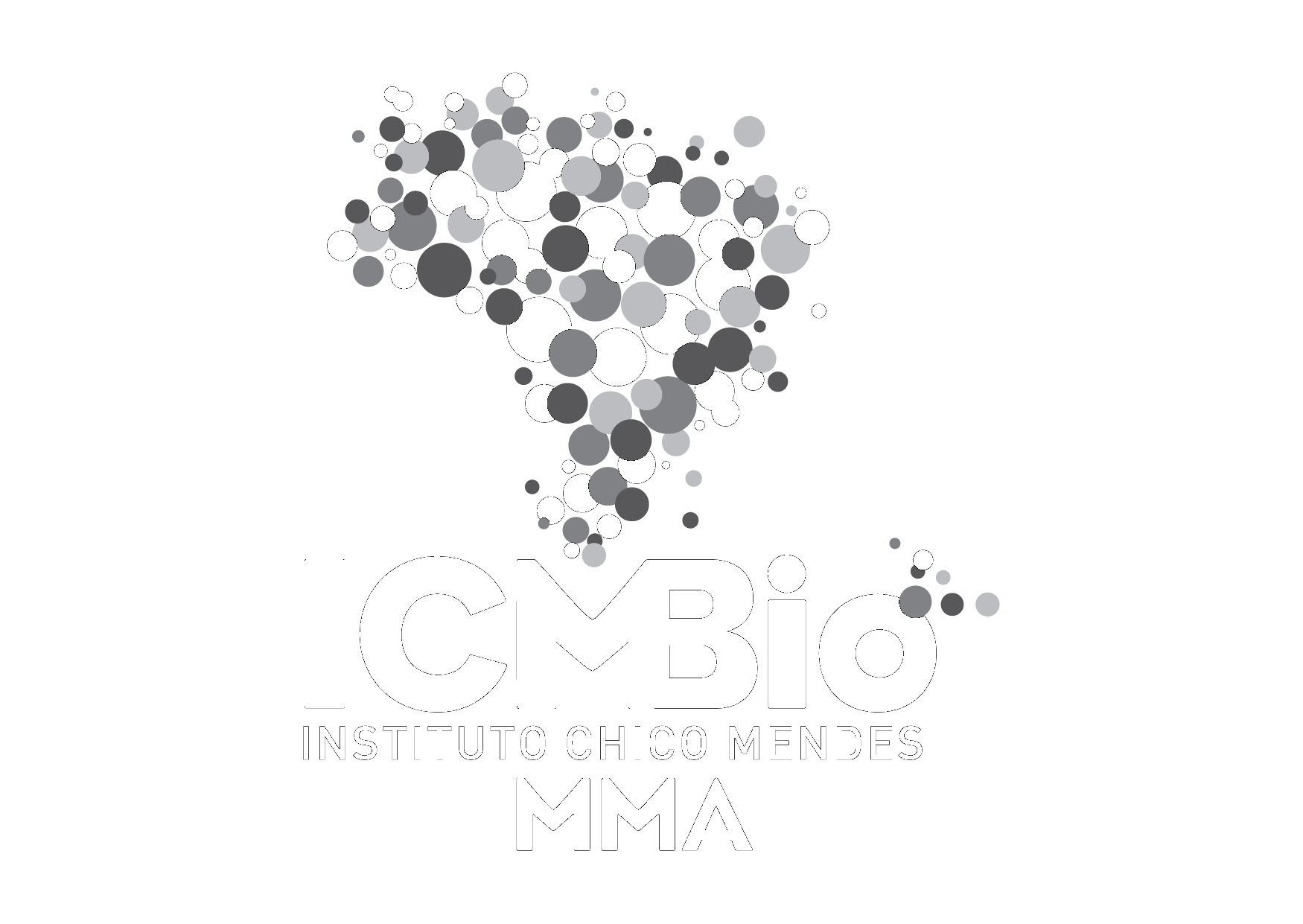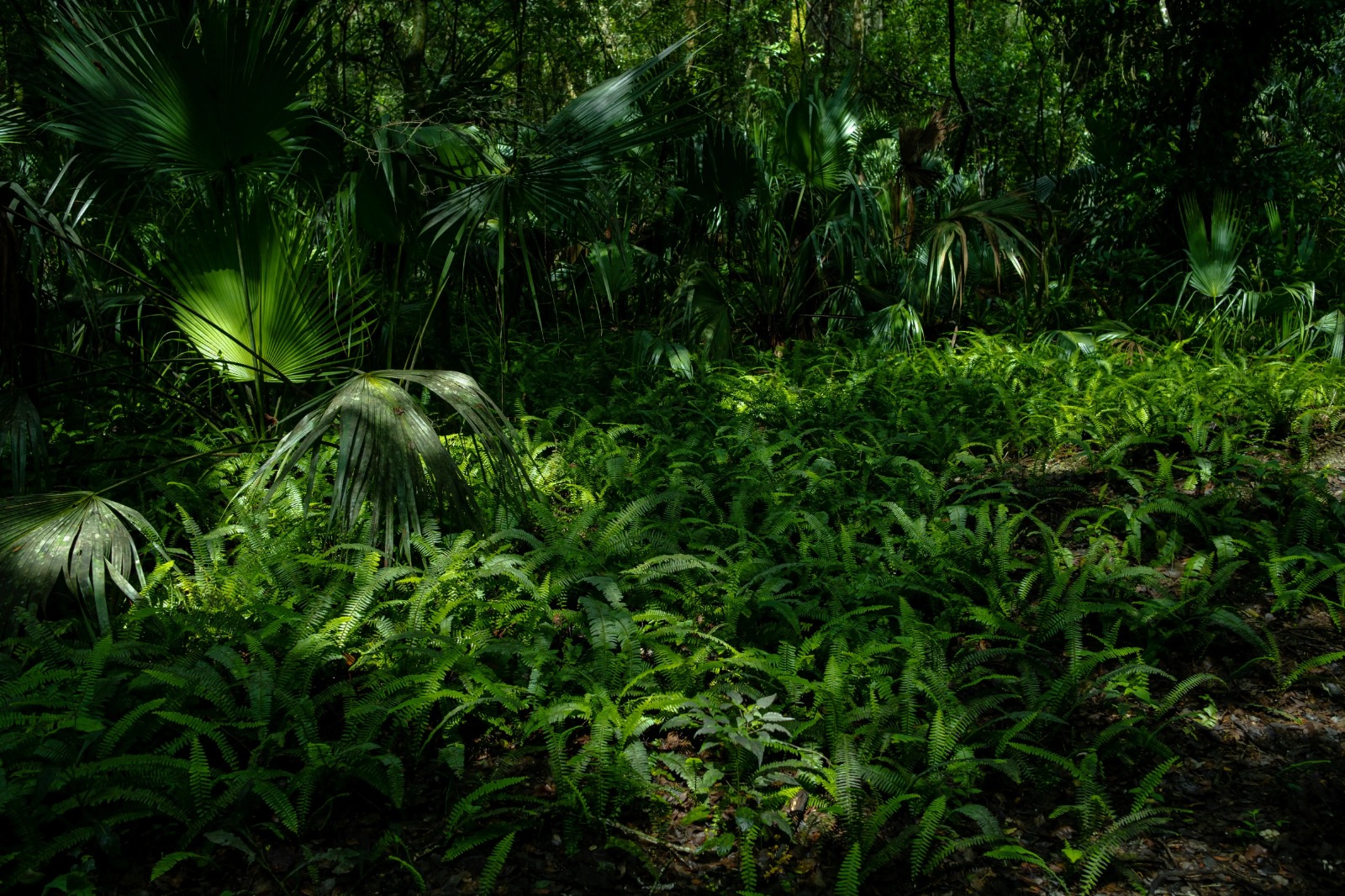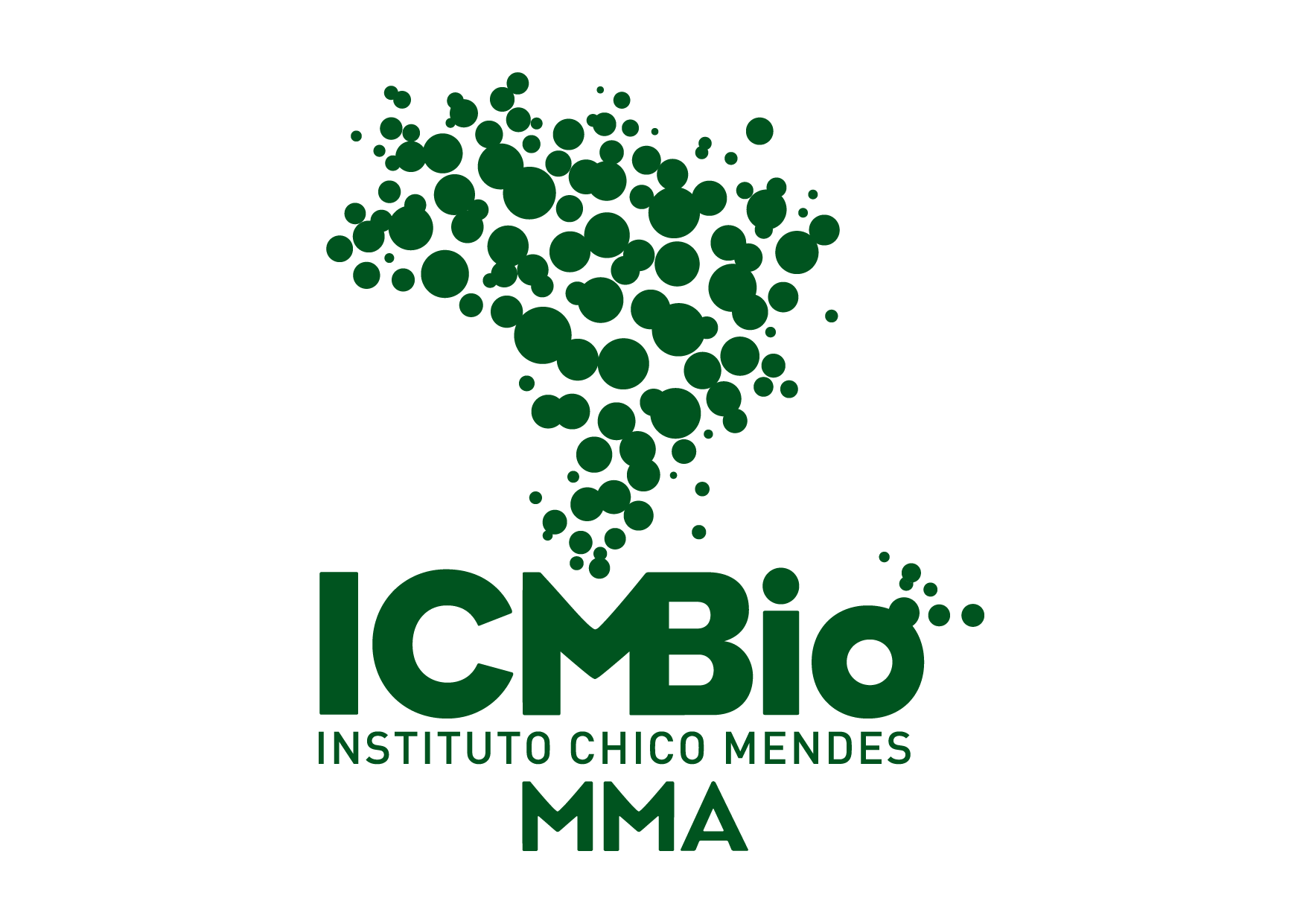Biblioteca Digital dos Centros Nacionais de Pesquisa de Conservação do ICMBio (BDC)


A Biblioteca Digital dos Centros Nacionais de Pesquisa e Conservação do ICMBio (BDC ICMBio) visa armazenar, preservar, organizar, gerenciar e disseminar, em formato digital, o conhecimento científico produzido pelos servidores no âmbito de suas atividades nos Centros.
Submissões Recentes
Prospects for domestic and feral Cat management on an inhabited tropical island.
(Biological Invasions, 2017) Dias, Ricardo Augusto; Abrahão, Carlos Roberto; Micheletti, Tatiane; Mangini, Paulo Rogério; Gasparotto, Vinícius Peron de Oliveira; Pena, Hilda Fátima de Jesus; Ferreira, Fernando; Russell, James Charles; Silva, Jean Carlos Ramos
Cat management campaigns have been implemented on several islands worldwide. However, few successful campaigns have occurred on permanently inhabited islands. Cats are known for causing severe impacts on the native insular fauna, posing an important threat to biodiversity. Moreover, this species is also responsible for zoonosis maintenance and transmission. A thorough understanding of cat population structure (e.g., supervised vs. unsupervised) is strongly suggested as a management action on inhabited islands, as it might promote more efficient and effective management of this species. Fernando de Noronha is an archipelago in the tropical Atlantic Ocean. The total cat population on the main island was estimated at 1287 animals, most of them supervised and subsidized around inhabited areas. Free-roaming cats currently threaten the endemic terrestrial fauna of Fernando de Noronha, and the cat density found by the present work is among the highest ever recorded on an island. Using population dynamic simulations, the long-term effects of reproduction control and removal of cats from the archipelago were assessed. Removal of cats was also suggested as a necessary management strategy to achieve negative population growth. In addition, it was more cost-effective than reproduction control. However, applying both removal and sterilization strategies to this population resulted in a higher population decrease than removal alone. For these reasons, a combination of reproductive control and cat eradication should be implemented in Fernando de Noronha.
Procedure for Collecting Gastric Contents in Giant Amazon Turtles Podocnemis expansa (Schweigger, 1812)(Testudines, Podocnemididae)
(Brazilian Journal of Veterinary Pathology, 2024-09-12)
describes a method for collecting gastric contents from giant Amazon turtles (Podocnemis expansa) for research and conservation purposes. The procedure involves immobilizing the turtle on its back for the collection. A "mouth opener," made of a plastic tube with a flexible part, is used to keep the turtle's beak open while a flexible probe is introduced. After injecting a sterile saline solution and air, the gastric contents are aspirated. The size of the mouth opener and probe must be adjusted to avoid injury, and the volume of liquid must match the stomach’s capacity. This method, developed by the research team, effectively helps in identifying parasites and infectious microorganisms.
Procedure for collecting gastric contents in Giant Amazon Turtles Podocnemis expansa (Schweigger, 1812) (testudines, Podocnemididae).
(Braz. J. Vet. Pathol., 2011) Alves Júnior, José R. F.; Sousa, Eliane de; Lustosa, Ana P. G.; Magajevski, Fernanda S.; Girio, Raul J. S.; Werther, Karin
The genus Podocnemis, of the family Podocnemididae, is represented in South America by six species: P. expansa, P. erytrocephala, P. vogli, P. lewyana, P. unifilis and P. sextuberculata (4, 7). The species P. expansa (Fig. 1), known as the giant Amazon turtle, is largely distributed throughout the Amazon river and in most of its tributaries (3). The giant Amazon turtle is found in the states of Amapá, Pará, Amazonas, Rondônia, Acre, Roraima, Tocantins, Goiás and Mato Grosso, encompassing equatorial forests and savanna (cerrado) ecosystems in the north and west-central regions of Brazil (3). This reptile can measure from 75 to 107cm in length, 50 to 75cm in width and weigh up to 60kg (9), being the largest fresh water testudine in South America (2, 5, 8). They are long-lived animals with late sexual maturation and a low individual replacement rate (1, 6).
Population ecology of the freshwater turtle Mesoclemmys vanderhaegei (Testudines: Chelidae)
(Herpetological Conservation and Biology, 2018-07-31) Brito, Elizângela Silva; Vogt, Richard Carl; Valadão, Rafael Martins; França, Leonardo Fernandes; Penha, Jerry Magno Ferreira; Strüssmann, Christine
We sampled Mesoclemmys vanderhaegei in the Upper Paraguay River Basin, in the Cerrado ecosystem of Central Brazil. Populations were sampled between 2010 and 2013, and we used capture-mark-recapture methods to determine the catchability, density, population size structure, and sex ratio of the populations. We sampled two protected areas (Chapada dos Guimarães National Park [CGNP] and Serra das Araras Ecological Station [SAES]) and we captured 300 individuals (77 at CGNP and 223 at SAES) and made 343 recaptures in the two areas. Some individuals were recaptured more than once. We estimated population sizes to be 90 turtles at CGNP and 245 turtles at SAES. Sex ratio was not significantly different from 1:1 at CGNP, whereas at SAES there were more females than males. The population structure varied significantly between the two sampled populations with carapace lengths of turtles at CGNP normally distributed but not at SAES. Although both areas occur within the same ecosystem and are close to each other (180 km straight line distance), the populations possessed distinct demographic characteristics, possibly resulting from local patterns of environmental conditions and biological interactions.
Population assessment of a novel island invasive: tegu (Salvator merianae) of Fernando de Noronha. In: C.R. Veitch, M.N. Clout, A.R. Martin, J.C. Russell and C.J. West (eds.) (2019). Island invasives
(Occasional Paper SSC no. 62. Gland, Switzerland: IUCN., 2019) Abrahão, Carlos R.; Russell, James Charles; Silva, Jean Carlos Ramos; Ferreira, F. E. Rodrigues; Dias, Ricardo Augusto
Fernando de Noronha is an oceanic archipelago in the Atlantic Ocean, 345 km o൵shore from the Brazilian coast. It comprises 21 islands and islets, of which the main island (FN) is 17 km2 with a rapidly growing tourism industry in the last decades. Despite being a protected area and bearing Ramsar and UNESCO World Heritage site status, it is threatened by multiple terrestrial invasive species since its colonisation in the early 16th century. Invasive species and the increasing tourism contributes to a list of at least 15 endangered or critically endangered species according to IUCN criteria. The black and white tegu (Salvator merianae) is the largest lizard in South America, occurring in most of the Brazilian territory and reaching up to 8 kg and 1.6 m from head to tail. As an omnivorous and opportunistic lizard, it feeds on a variety of available items, including smaller vertebrates and eggs. The introduction of the tegu to FN as well as its immediate impact on local fauna were not recorded; however, its ongoing impact is expected to be high. We captured and marked 103 tegu in FN during the months of February and November of 2015 and 2016. We also counted animals by line-transect census in a sparsely inhabited and an uninhabited area of FN. Body size a൵ected the capture probabilities, while season and sex had little or no e൵ect. Densities estimated by capture-recapture in the sparsely inhabited area varied from 2.29 to 8.28 animals/ha according to sampling season. Line transect census in the same area revealed a density of 3.98 (±1.1) animals/ha and in the uninhabited area 13.83 (±3.9) animals/ha. Home range was 10.54 ha, ranging from 7.36 to 15.33 hectares. Tegu activity decreased in the months of July and August of 2015. Results from this study can assist conservation managers and decision makers to implement a science-based tegu management programme in the future.
